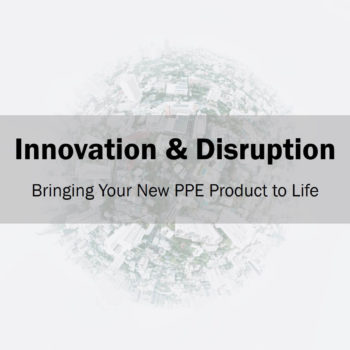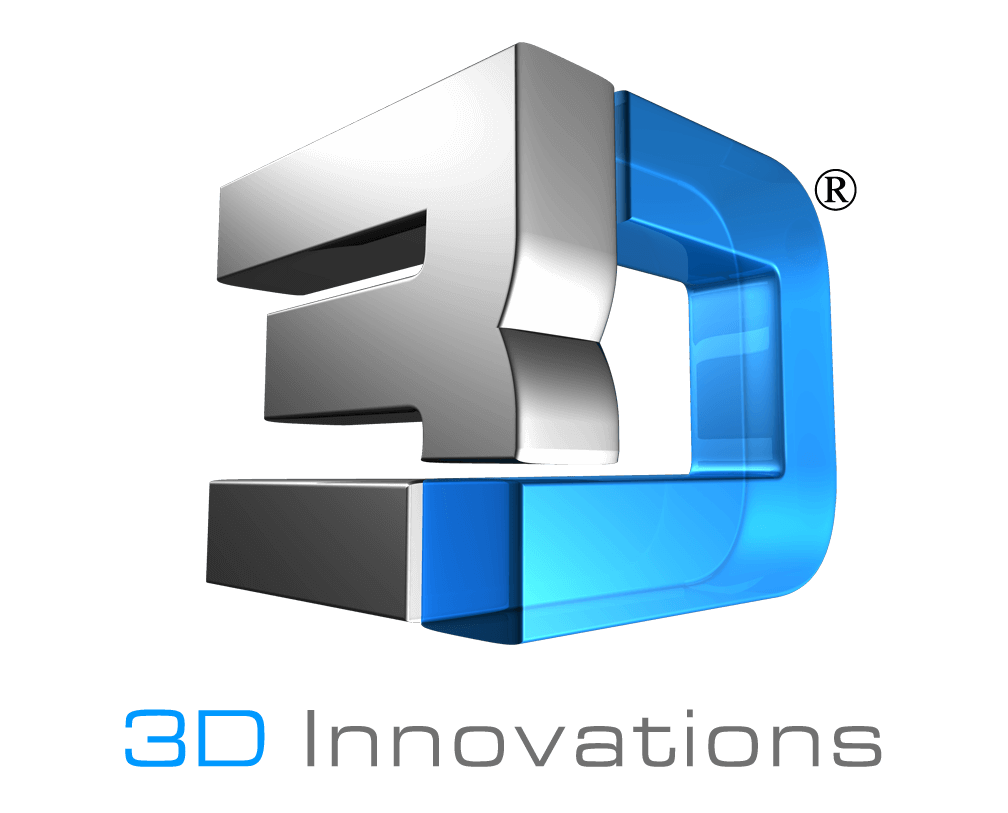 Change brings opportunity, and we have seen many entrepreneurs branching out into the realm of new PPE products due to the COVID-19 pandemic. Aside from the face shield frames, a lot of ideas have been circling around regarding creating new types of products that focus around PPE (personal protective equipment). Developing PPE products is very similar to developing most other products for consumers when it comes to product development and intellectual property protection. However, since PPE products are for medical use there is the additional step of working with the Food and Drug Administration (FDA).
Change brings opportunity, and we have seen many entrepreneurs branching out into the realm of new PPE products due to the COVID-19 pandemic. Aside from the face shield frames, a lot of ideas have been circling around regarding creating new types of products that focus around PPE (personal protective equipment). Developing PPE products is very similar to developing most other products for consumers when it comes to product development and intellectual property protection. However, since PPE products are for medical use there is the additional step of working with the Food and Drug Administration (FDA).
Our innovative workforce and inventors have been redirected in the face of the global COVID-19 pandemic. COVID-19 has presented unforeseen challenges that many are hard at work trying to solve at this very minute. Around the world, people are developing new products, treatments and technology related to fighting COVID-19.
If you are one of those with a product idea in the PPE space, below is some information to help you navigate the development process.
FDA Approval for PPE Products
The FDA categorizes medical devices into one of three classes – Class I, II, or III – based on their risks and the regulatory controls necessary to provide a reasonable assurance of safety and effectiveness. Class I devices generally pose the lowest risk to the patient and/or user and Class III devices pose the highest risk. Device classification depends on the intended use of the device and upon indications for use.
The class to which your device is assigned determines, among other things, the type of premarketing submission/application required for FDA clearance to market. If your device is classified as Class I or II, and if it is not exempt, a 510(k) will be required for marketing. All devices classified as exempt are subject to the limitations on exemptions.
What is a 510(k)? A 510(k) is a premarket submission made to FDA to demonstrate that the device to be marketed is as safe and effective, that is, substantially equivalent, to a legally marketed device.
Some Class I devices are exempt from the premarket notification and/or parts of the good manufacturing practices regulations. Approximately 74% of the Class I devices are exempt from the premarket notification process. (FDA)
Key Takeaways:
- Class II and Class III products will require a 510(k) and FDA approval for commercial use and clinical trials to demonstrate the effectiveness of the product.
- In special circumstances, certain Class I devices can be considered for a 510(k) exemption which may be issued allowing the device to not require FDA approval prior to commercialization but will still require FDA registration.
- The approval process can take anywhere from 9 months to 15 months depending on the classification of the device, complexity of technology, and required clinical trials.
- Selling medical devices outside of the U.S. will also require filing with their appropriate agencies.
Intellectual Property Protection for PPE Products
When it comes to intellectual property protection of your new PPE product, the process is the same as with traditional consumer products. The United States Patent and Trademark Office (USPTO) has made an effort to prioritize the processing of all COVID-19 related patents and trademarks.
A quick overview of the patent basics:
A patent for an invention is the grant of a property right to the inventor, issued by the United States Patent and Trademark Office (USPTO). U.S. patent grants are effective only within the United States, U.S. territories, and U.S. possessions. There are three types of patents: utility, design and plant patents.
- Utility patents may be granted to anyone who invents or discovers any new and useful process, machine, article of manufacture, or composition of matter, or any new and useful improvement thereof;
- Design patents may be granted to anyone who invents a new, original, and ornamental design for an article of manufacture; and
- Plant patents may be granted to anyone who invents or discovers and asexually reproduces any distinct and new variety of plant.
“A patent for an invention is the grant of a property right to the inventor, issued by the United States Patent and Trademark Office. Generally, the term of a new patent is 20 years from the date on which the application for the patent was filed in the United States or, in special cases, from the date an earlier related application was filed, subject to the payment of maintenance fees.” (USPTO) Read more here.
3D Innovations Product Development Services
As a product development firm, we are your partner is bringing your product idea to life. Our team is skilled and knowledgeable in the commercialization process for both PPE products and traditional consumer related hardware products. We help you navigate the entire product development process from idea through commercialization.
With these uncertain times, we have both domestic and international manufacturing partnerships to help streamline the development process and get your product into the hands of your customers sooner. We understand your desire to help the global community by bringing your product to life.
If you have questions related to product development, we are happy to help. Send us an email at info@3d-innovations.com
______
3D Innovations is a Product Development Company – from the 3D Design to a fully functional 3D Prototype & Product.
Subscribe to the 3D Innovations newsletter on our Facebook page!

